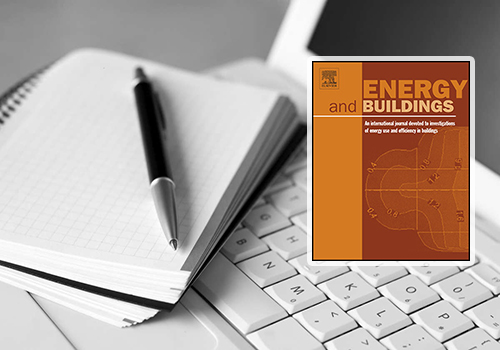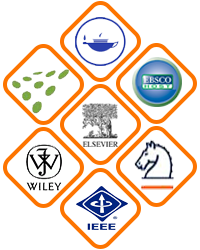کنسرسيوم دانشگاهيان و متخصصان ايران
کنسرسيوم ايرکاس | آموزش مجازي | دوره هاي تخصصي |مدرک معتبر| مدرک بين المللي | دوره هاي حضوري| جامعه مهندسي | جامعه پزشکان | متخصصان ايران
آموزش تعمير تجهيزات پزشکي
آموزش تعمير تجهيزات پزشکي
انجمن مهندسي پزشکي
دوره هاي آموزشي پر درآمد
آموزش بازسي جوش
آموزش پايپينگ
انجمن مهندسي مکانيک
دوره آموزشي تعميرات
آموزش تعميرات تجهيزات دندانپزشکي
آموزش تعمير تجهيزات بيمارستاني
آموزش تعمير تجهيزات تصوير برداري
آموزش مجازي
صدور گواهي نامه بين المللي
دانشجويان مهندسي پزشکي
تعميرات تخصصي
تعمير تجهيزات اتاق عمل
Energy savings in buildings or UHI mitigation? Comparison between green roofs and cool roofs

Abstract:
The intensification of the Urban Heat Island effect (UHI) is a problem that involves several fields, and new adequate solutions are required to mitigate its amplitude. The construction sector is strictly related with this phenomenon; in particular, roofs are the envelope components subject to the highest solar irradiance, hence any mitigation strategy should start from them and involve their appropriate design process.
For this purpose, cool materials, i.e. materials which are able to reflect a large amount of solar radiation and avoid overheating of building surfaces have been deeply analyzed in the last years both at building and urban scales, showing their benefits especially in hot climates. However, green roofs also represent a possible way to cope with UHI, even if their design is not straightforward and requires taking into account many variables, strictly related with the local climatic conditions.
In this context, the present paper proposes a comparison between cool roofs and green roofs for sev-eral Italian cities that are representative of different climatic conditions. In search of the most effective solution, the answers may be different depending on the perspective that leads the comparison, i.e. the need to reduce the energy consumption in buildings or the desire to minimize the contribution of the UHI effect.
Authors:
V. Costanzo ∗, G. Evola, L. Marletta
Keywords:
Green roofs
Cool roofs
Urban Heat Island Primary energy needs
Dynamic simulations
دپارتمان های علمی
درباره کنسرسیوم
پنل آموزشی
آمار سایت
مراکز خدماتی و رفاهی طرف قرارداد





















